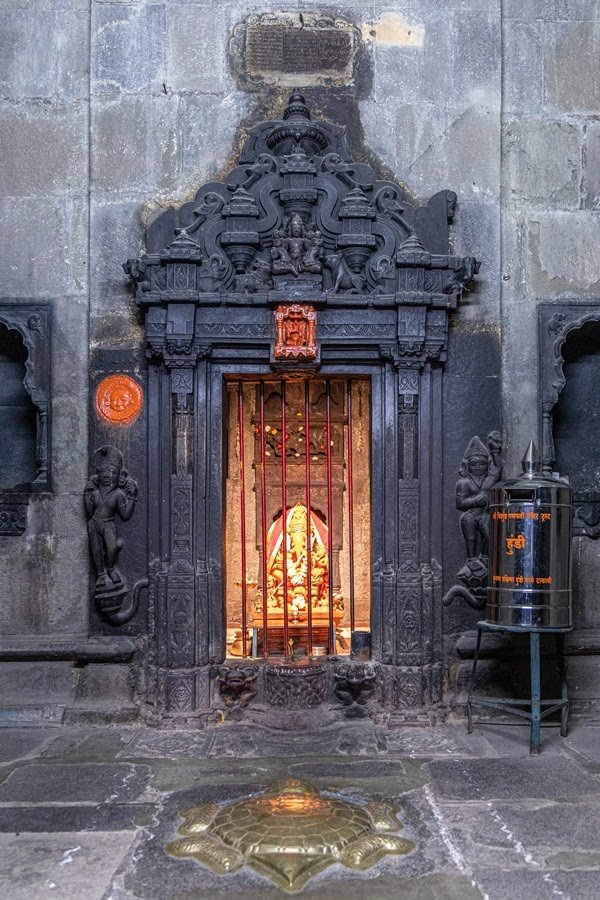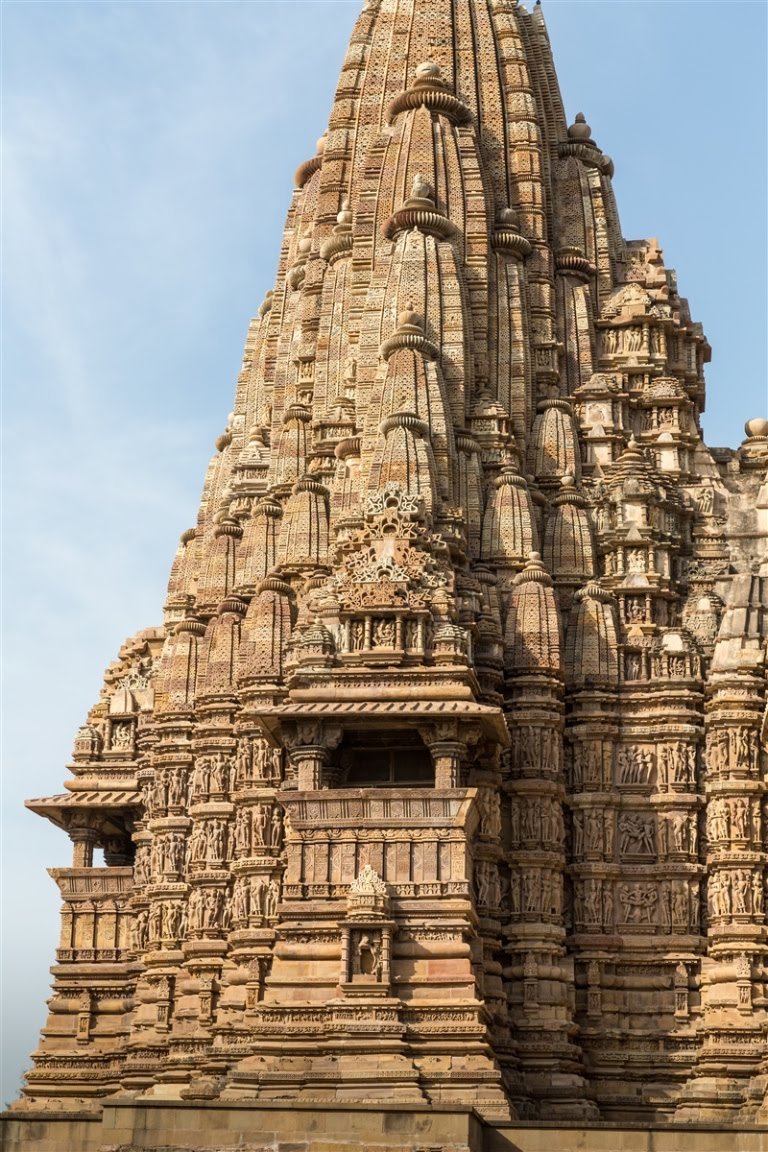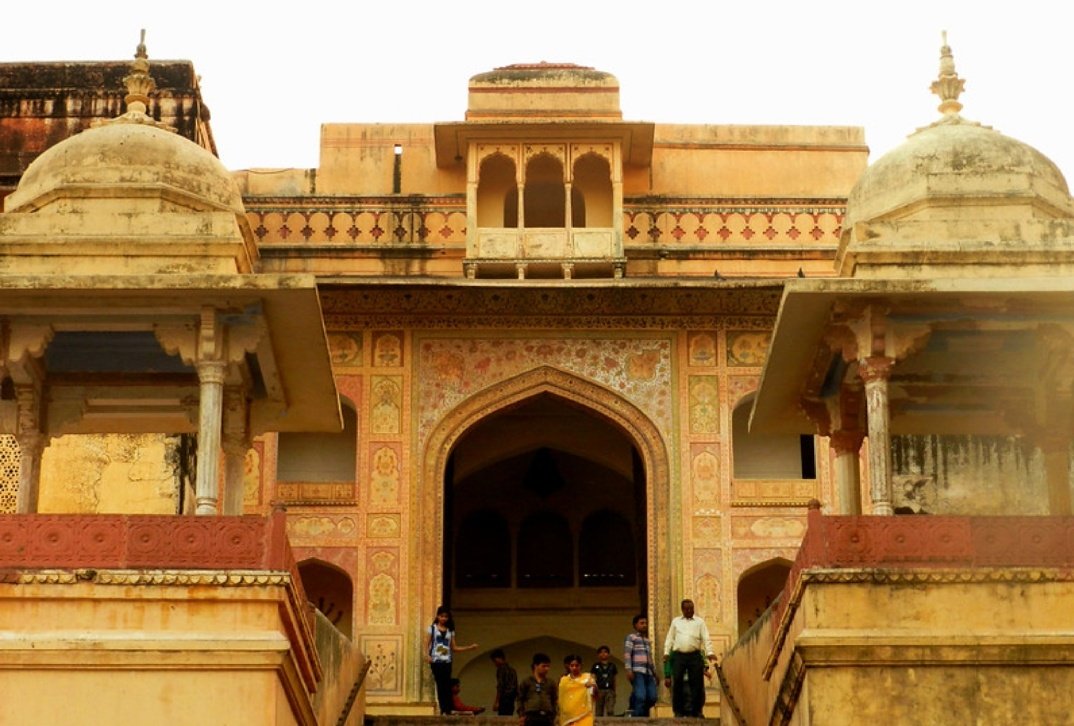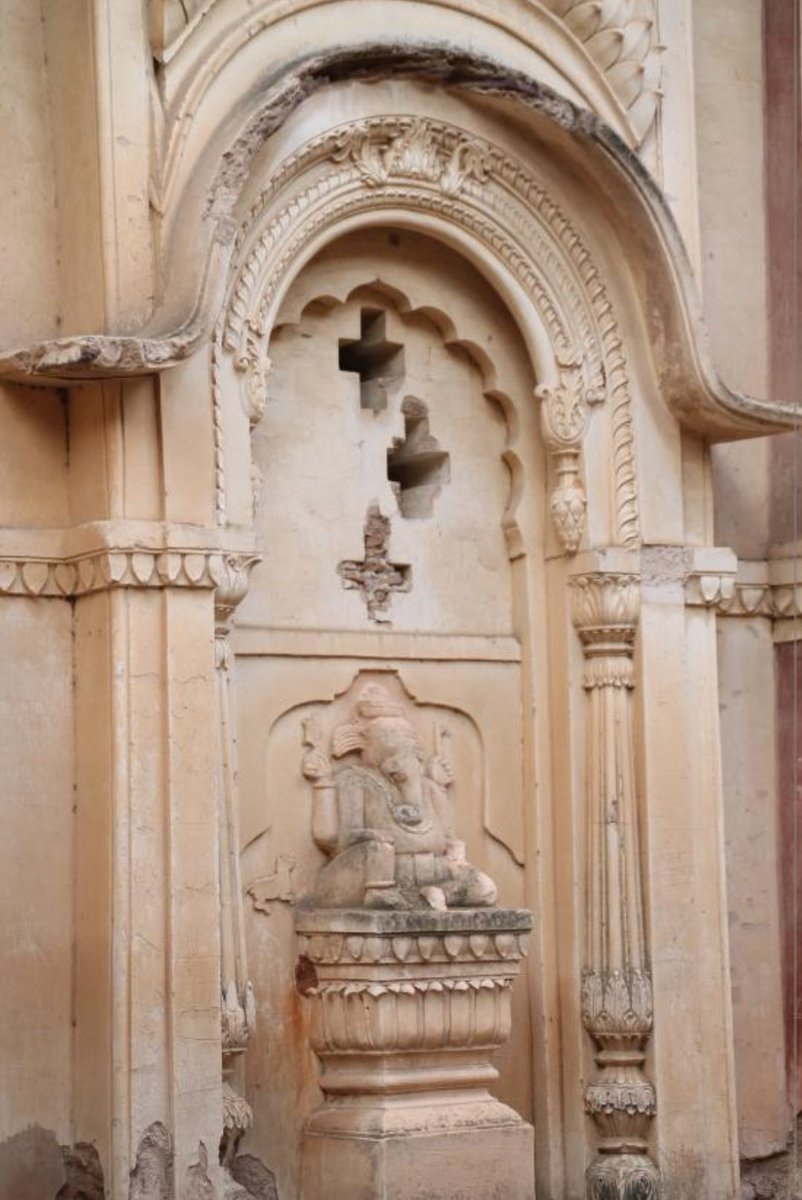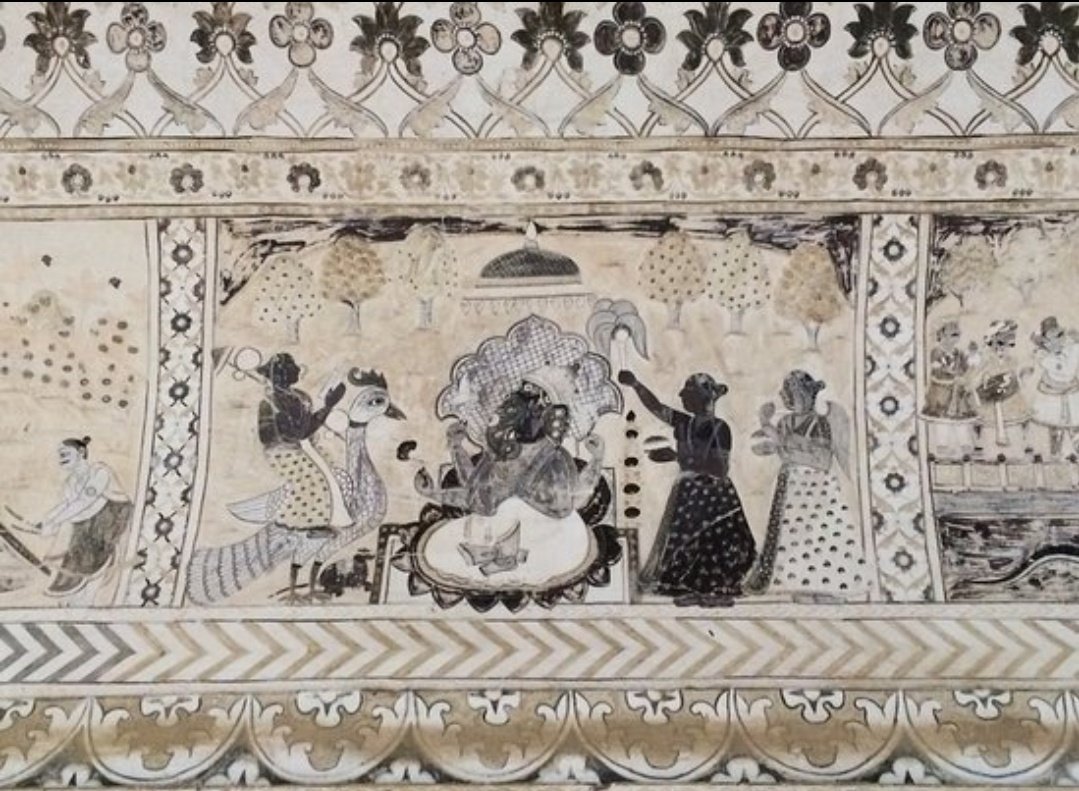#NavabrahmaTemples are group of 9 early Chalukyan Hindu temples dated to 7th-century, located in Alampur,Telangana. They are called Nava-BrahmaTemples though they are dedicated to Shiva. They exemplify early North Indian Nagara style architecture with cut rock as building block. 

#NavabrahmaTemples have a square plan that follow vastupurushamandala architecture. A square sanctum is surrounded by a covered circumambulation path and a Rekha-nagara style curvilinear square shikara towers above the sanctum of each temple.
2/2
#HistoryEncyclopedia #temples
2/2
#HistoryEncyclopedia #temples
#NavabrahmaTemples are:
📷1: Taraka Brahma : The Taraka Bhrama temple is partly in ruins & it has inscriptions from the 6th-7th century, smallest of the Navabrahma temples.
📷2: Swarga Brahma: Swarga Brahma temple was built during 681-696 AD or the Vinayaditya era.
3/3

📷1: Taraka Brahma : The Taraka Bhrama temple is partly in ruins & it has inscriptions from the 6th-7th century, smallest of the Navabrahma temples.
📷2: Swarga Brahma: Swarga Brahma temple was built during 681-696 AD or the Vinayaditya era.
3/3


📷1: Padma Brahma is probably last temple to be built in the group, one with a destroyed tower structure. It has no entrance porch, but displays the most complex pediment designs.
📷2: Bala Brahma temple works as the main shrine & regular temple rituals are performed here.
4/4

📷2: Bala Brahma temple works as the main shrine & regular temple rituals are performed here.
4/4


📷1: Garuda Brahma temple includes a flying Garuda, the vahana of Lord Vishnu, suggestive of the likelihood that the temple once included a sculpture of Vishnu.
📷2: Kumara Brahma Temple is probably earliest temple built, and like others stands on a jagati.
5/5
#TemplesOfIndia

📷2: Kumara Brahma Temple is probably earliest temple built, and like others stands on a jagati.
5/5
#TemplesOfIndia


Arka Brahma Temple is a mostly ruined temple. The temple art has been defaced, with only remnants of Ganga & Yamuna goddesses visible on the entrance of the sanctum. There is an inscription in the Siddhamatrika script which in most cases are likely the names of the artists.
6/6
6/6

Vishva Brahma temple is an intricately carved temple with its niches and windows featuring complex designs around them. The foundational platform is also carved with musicians, dancers, foliage, birds, geese and ganas.
7/7
#HistoryEncyclopedia #NavaBrahmaTemple #TemplesOfIndia
7/7
#HistoryEncyclopedia #NavaBrahmaTemple #TemplesOfIndia
Vira Brahma temple is the northmost temple in the group. It has a gudha-mandapa, antarala and a garbhagriya. The outer walls of the temple are sectioned by pairs of pilasters into projecting niches but the artwork in these have not survived.
8/8
#HistoryEncyclopedia
8/8
#HistoryEncyclopedia
• • •
Missing some Tweet in this thread? You can try to
force a refresh



